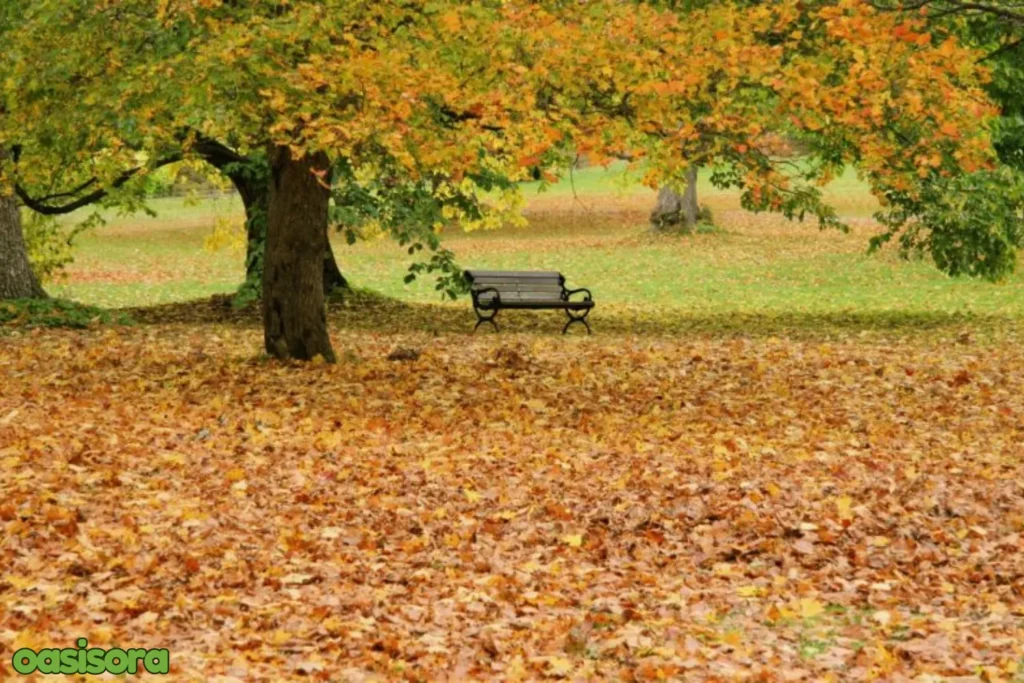
The fall season is to figure out the best time to take care of your garden because leaves are falling in this weather, and the temperature is also cooler. Plus, it is a season when gardening needs less attention.
If you make a little effort before the coming spring, your garden will look so good. You can care for your yard by raking leaves and planting new shrubs. This guide will share fall landscaping maintenance tips to keep your outdoor space looking its best all year round.
Essential Fall Lawn Care Tips
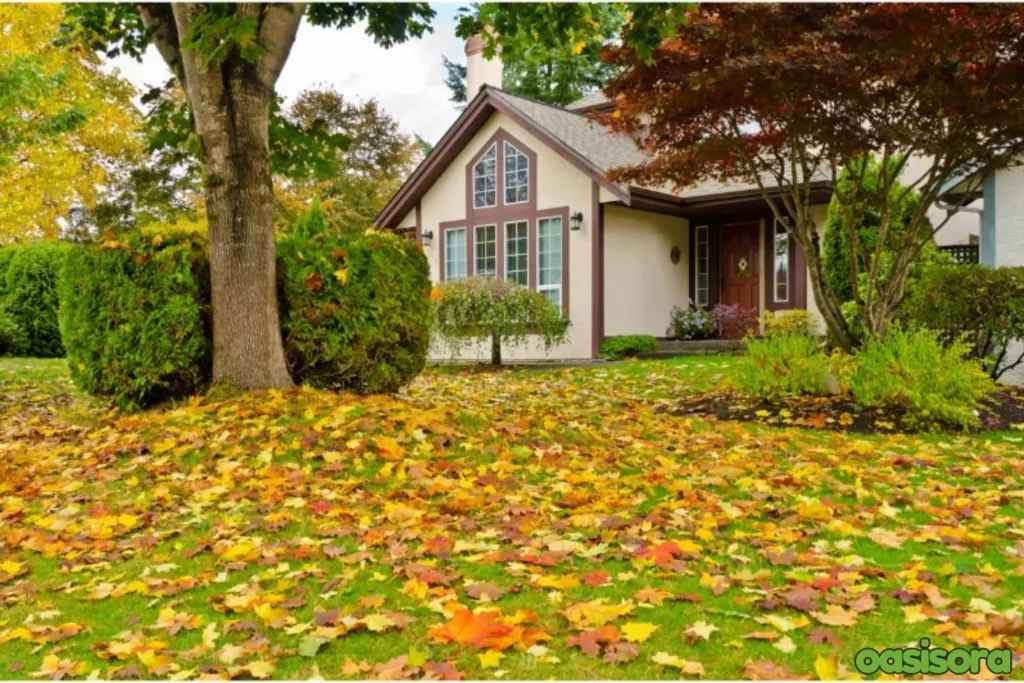
Lawn-sorrounded-by-fall-leaves
A healthy lawn starts with proper care at the right time. If you want thick, green grass in the spring, fall weather is the best time to prepare it for winter. With just a few easy steps, you can strengthen roots, stop weeds, and fix weak spots. These fall landscaping maintenance tips will help you keep your lawn in great shape this season.
Aerate the Lawn
Aeration is great because it breaks up compacted soil so roots can get water, air, and nutrients. It makes your garden’s roots firm in the spring. You can aerate by pulling out small plugs of soil with a manual or machine aerator. It works best if you do this before you fertilize.
Fertilize the Grass Before Winter
It is best to feed your yard in the fall. This way, it gets the essential nutrients to survive in the winter and grow back stronger in the spring.
You can use a slow-release fertilizer with nitrogen and potassium to promote deep root growth. Just spread it out evenly after mowing the lawn and water it well so the soil can take the nutrients.
Mow Your Lawn for the Last Time
Cut your grass one last time before winter, but don’t make it too short. It should be 2.5 to 3 inches high. This keeps the yard healthy and reduces the chances of spreading disease.
Additionally, removing any leaves or clippings also prevents the grass from getting suffocated.
Control Weed Growth
Weeds are best removed in the fall because they can absorb pesticides before winter. Apply a weed killer to common weeds like grass and dandelions on a dry day. It gives you outstanding results.
Because if you control weed growth now, they will not return in the spring. This will give your yard a chance to recover.
Seed Bare Spots
Fall is the ideal season to repair any thin or patchy areas in your grass. Spread grass seed on bare spots and give it a light rake. Water the area regularly to help new grass grow before the cold sets in. When you overseed, your lawn stays thick and green.
Preparing Your Garden for Fall
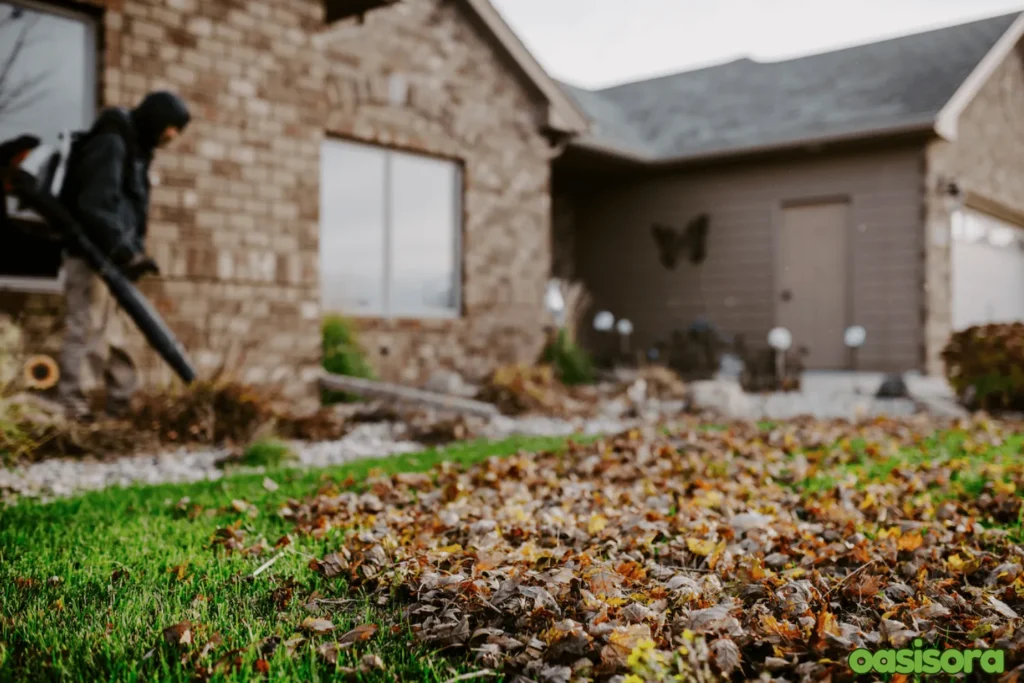
Fall Garden Preparation
As the seasons change, you should give your garden extra care. Clean, protect, and add new plants to prepare it for spring. Here are some fall landscaping maintenance tips to prepare your garden for spring in the fall season.
Rake and Collect Leaves
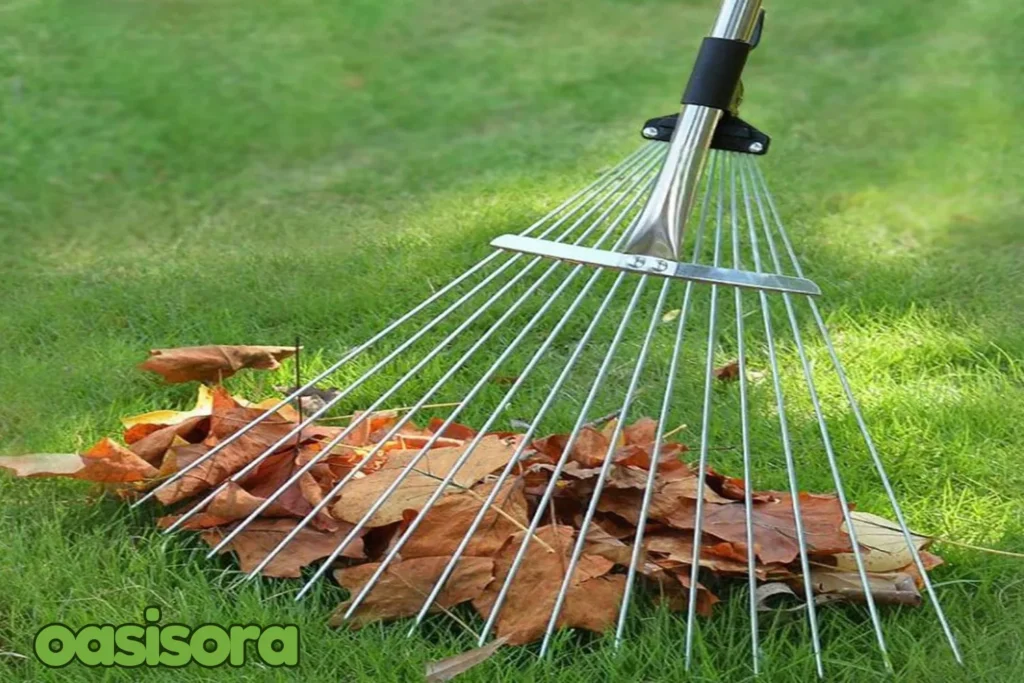
Rake for Leaf Collecting
When leaves pile up, they can kill your grass and attract bugs. Thus, you must grab them with a rake or a leaf blower and move big piles more efficiently with a tarp. A tarp is helpful for moving big piles.
Put leaves in a compost pile or use mulch to cover your flower beds instead of throwing them away.
Mulch Garden Beds
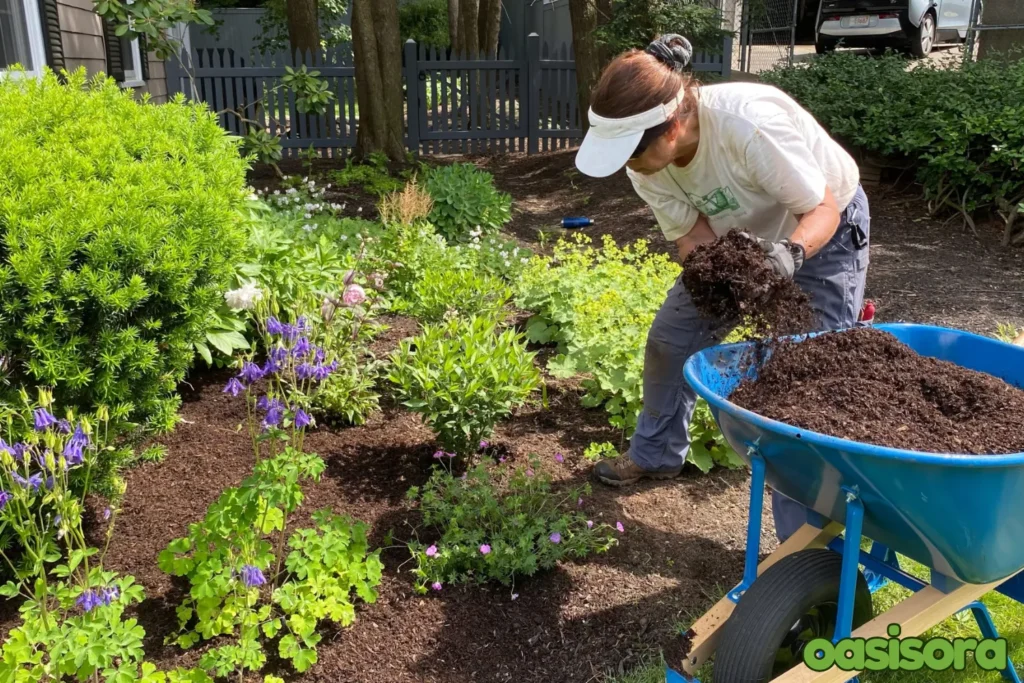
Mulch Garden Bed
Mulch maintains plant roots’ warmth and shields them from cold. It also keeps the ground moist and prevents weed growth. Just down two to three inches of mulch around plants, trees, and flower areas.
Never apply a thick covering of mulch. Natural mulch, such as wood chips, chopped leaves, or straw, is the best kind.
Prune Trees and Shrubs
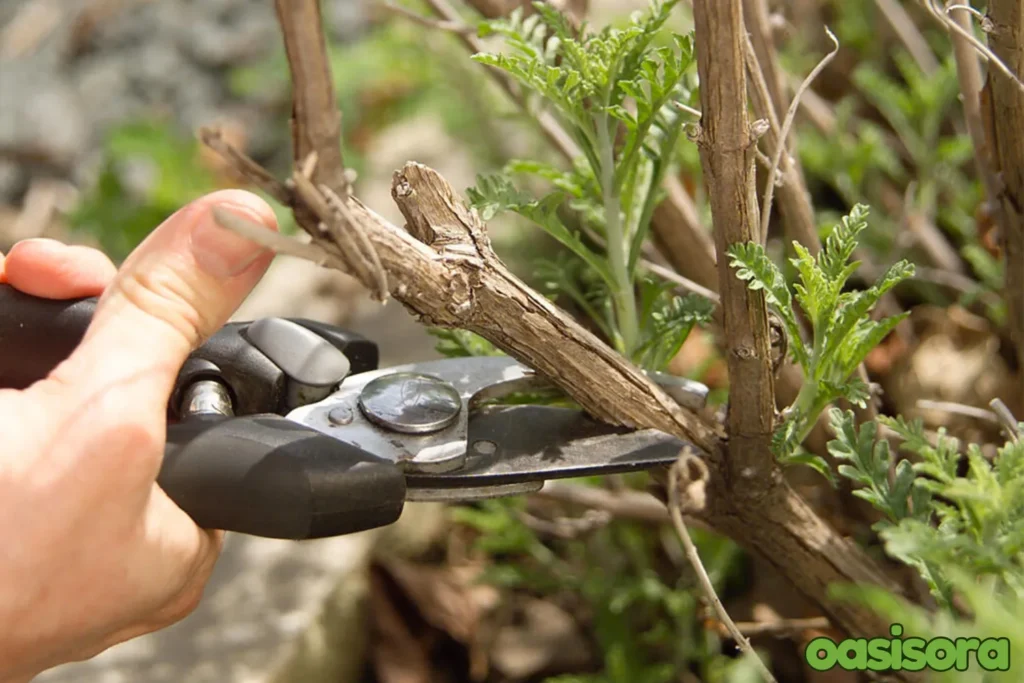
Pruning of Trees & Shrubs
In the fall, you don’t have to cut back every plant. Don’t do any heavy pruning until winter. Just cut off any dead or damaged branches on trees and bushes.
Don’t cut back plants that already have flower buds in the spring. If you cut them back too soon, they might not grow again next year.
Cut Back Perennials
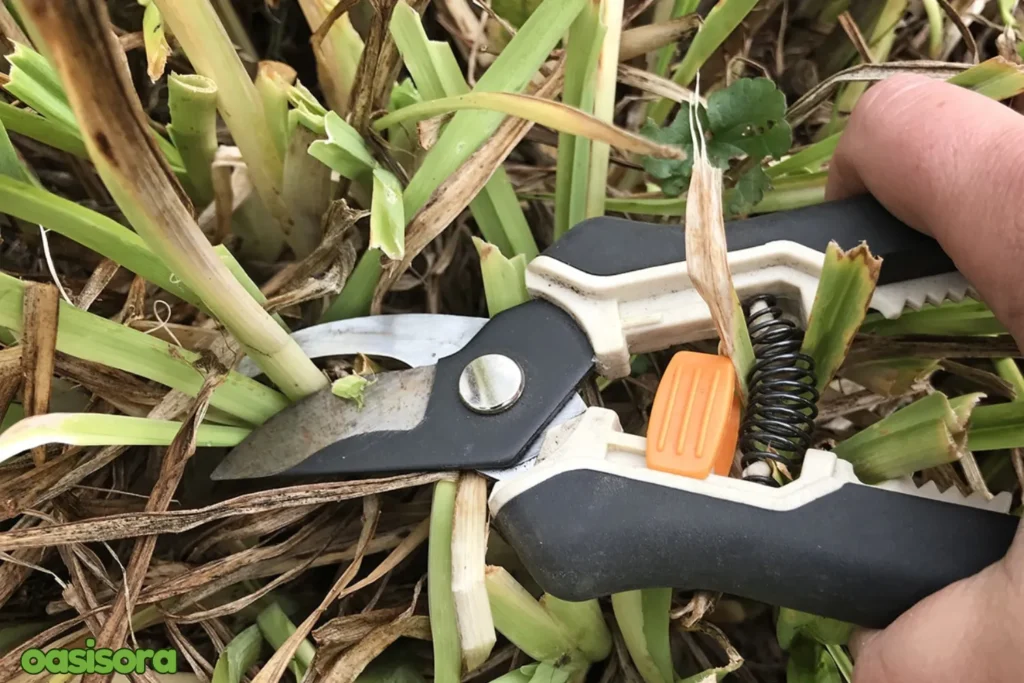
Cut Back Perennials
You can keep your yard clean and disease-free if you cut back some perennials in the fall. It makes your outdoor space more beautiful and clean.
Plus, you must trim dead stems and leaves from plants like daylilies and hostas. But plants like ornamental grasses and coneflowers should not be cut down because they feed birds and make the yard look nice in the winter.
Plant New Shrubs and Cold-Season Veggies
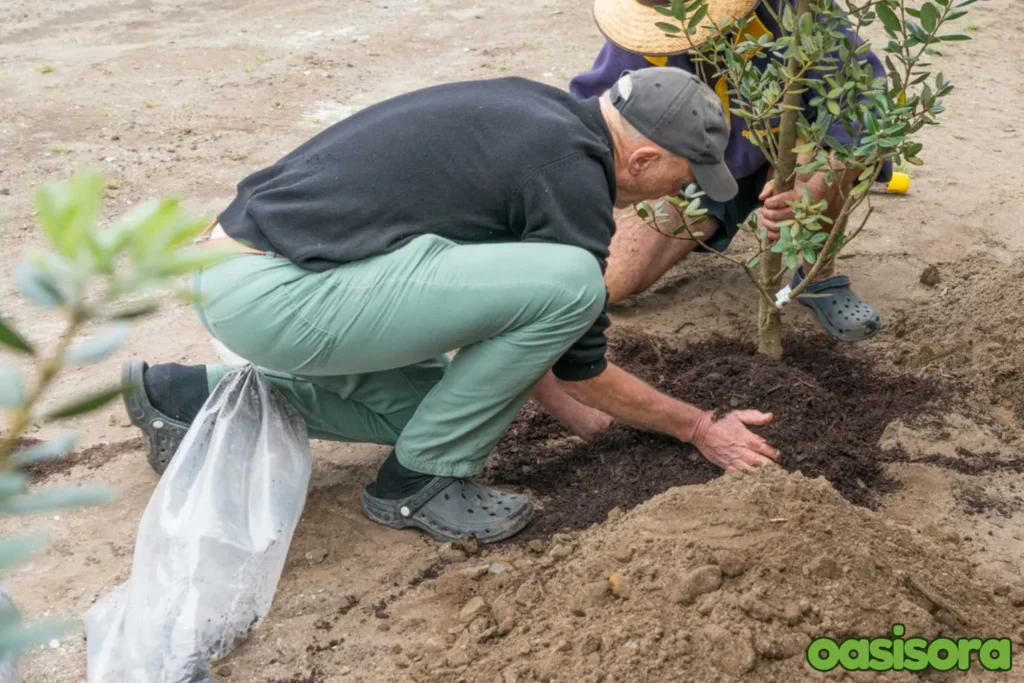
Plant new trees
The soil stays warm in the fall, which is good for planting shrubs because the roots can get big before winter. Hardy trees like juniper, boxwood, and holly can be planted.
Cold-weather veggies like onions, kale, and spinach can also be planted early and picked later. Give new plants a lot of water to get settled.
Add Fall Color with Seasonal Plants
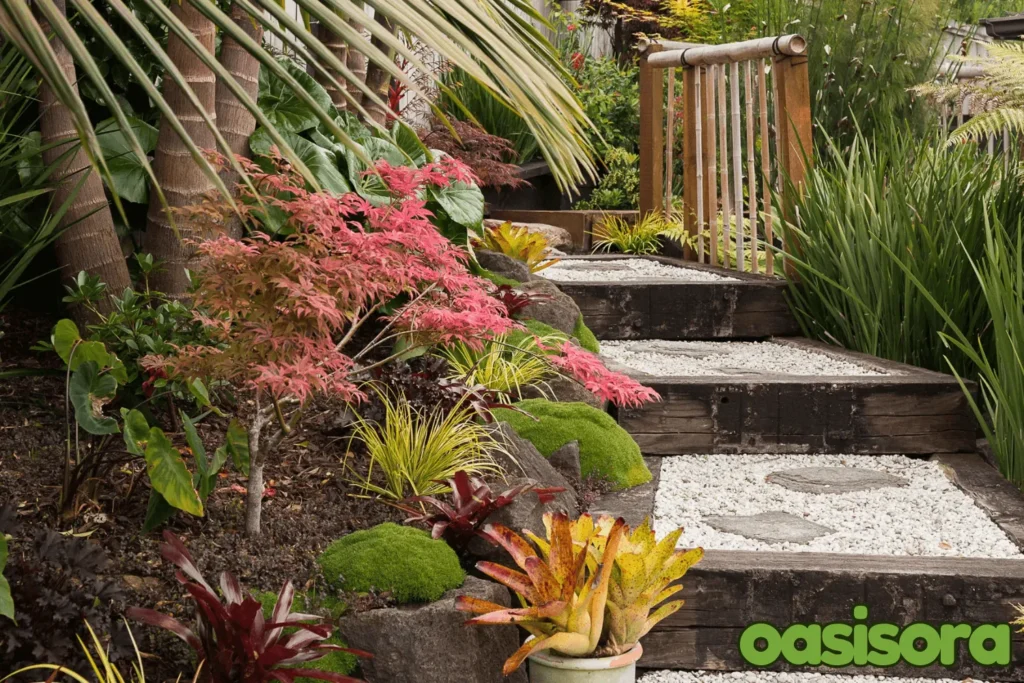
Seasonal interest plants
Flowers like mums, pansies, and asters can be used to make flower beds, walks, and pots look new for fall. They will survive cold weather and add pops of color.
Winterizing Your Yard and Tools
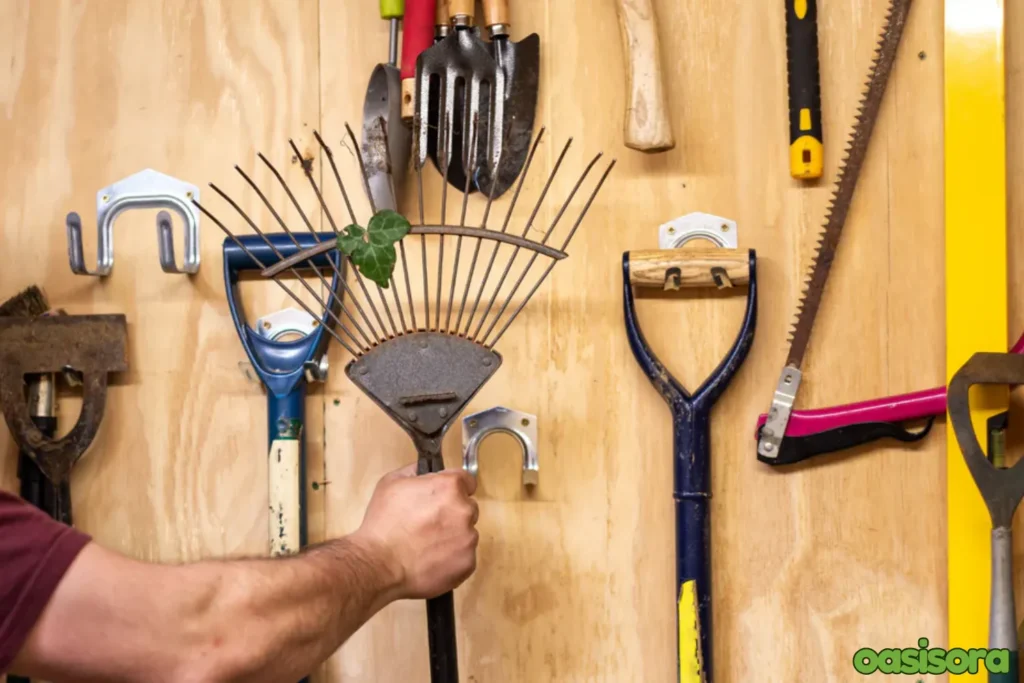
Landscaping tools
You must take some time to protect your yard and tools before winter arrives. It will help your garden grow more easily in the spring and keep everything in good shape.
If you follow proper fall landscaping maintenance tips, it keeps your lawn and garden healthy throughout the colder months.
Drain Irrigation and Drip Systems
Water that stays in drip systems, hoses, or faucets can freeze and damage the system. Turn off the water and empty all of the pipes outside. For better durability, take the faucet lines off, let them dry, and then store them inside.
Store Yard Tools Properly
After using them, clean the yard tools of any dirt or rust. Tools should be kept in a dry place and oiled so that metal parts don’t rust. For better engine health in the spring, run your lawn mower until the gas tank is empty.
Protect Vulnerable Plants
Some plants require more attention to keep frost and cold winds away. Young trees, delicate plants, burlap, frost cloth, and straw will all work to cover them. Potted plants should also be moved to a warm area, such as a porch or garage, to protect them from the cold.
Bonus Fall Landscaping Tips
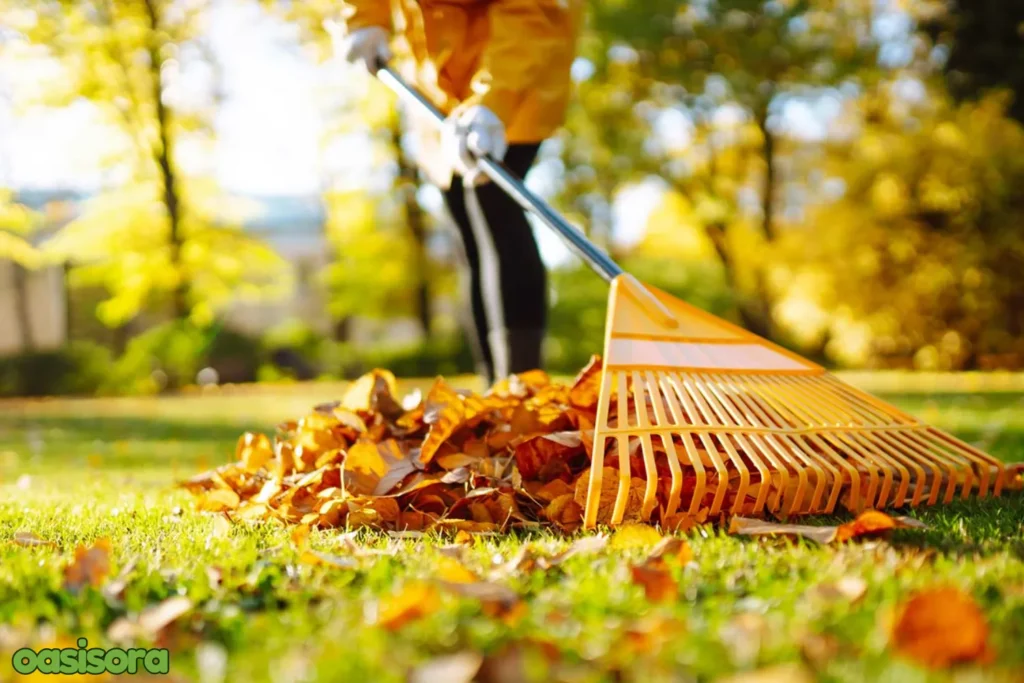
landscape preparing for winter
Fall is not just about preparing for winter but it is also the perfect to plan for a healthier and beautiful landscape next year. It will make a big difference in the spring if you work hard now.
Here are some extra fall landscaping maintenance tips to help you get ready.
Prepare for Spring by Testing the Soil
Good soil makes a healthy garden. It is good to take your garden soil test to check its nutrients and pH levels. Through this, you can estimate if it needs organic matter, lime, or fertilizer.
A test will inform you if the soil needs compost, manure, or the right chemicals to make it better before winter.
Plan Next Year’s Landscape Design
You can plan landscape design in the fall because there are not many gardening-related tasks in this weather. You can think about what you want to change for next year.
For example, you can plan to add more trees, flower beds, or a veggie garden. Draw ideas, learn about plants, and write down everything you require. So you will be ready to carry out the plan when spring comes.
Drought Repair and Soil Health
If the summer heat makes some parts of the grass weak or dry, you can fix it in the fall.
- Loosen up too packed soil and spread grass seed over thin spots.
- Water deeply to help roots grow stronger.
- Spreading compost or vegetable mulch is also good for the earth’s health. It keeps the soil rich and ready for spring growth.
FAQs
It’s fall, and many gardeners want to know how to care for their lawn and yard best. Here are some answers to some of the most common questions people have about gardening. If you follow these fall landscaping maintenance tips, your yard will be ready for winter, and you can enjoy a great spring in your garden.
Can I water my plants in the fall season?
Yes, some flowers still need water, especially newly planted trees or bushes. However, it mostly depends on the amount of rainfall. If there is less rainfall, you need to water them once or twice a week and stop when the ground starts to freeze.
Can I trim my bushes and trees in the fall?
Yes, some plants and trees can be trimmed in the fall. But it is better to wait until winter because, in winter, they are completely frozen. Remember, don’t cut spring-blooming plants because they have already made buds for next year. If you trim their stems, they will die and not grow in spring again.
What is the best time to plant grass seed?
Soon after or mid fall is the best time to plant cool-season grass seeds, it’s still warm enough in the ground for seeds to grow, and roots have time to get big before winter. When running late, cover newly planted areas with straw to keep them safe from frost.
How can I keep my lawn from getting weeds before winter?
Weeds are easier to kill in the fall because they are more open to pesticides. Use a weed killer on a dry day and hand pull out any enormous weeds. A healthy and thick lawn in fall means fewer weeds in spring.
When should one mulch in the fall?
If you want to mulch, wait until after the first frost but before the ground freezes. A layer of 2 to 3 inches of mulch around plant roots keeps the soil wet in the winter.
